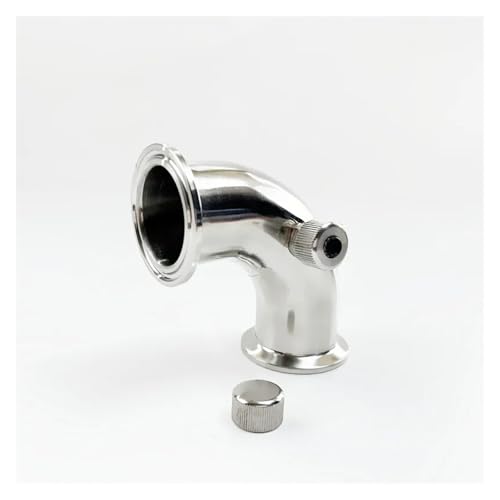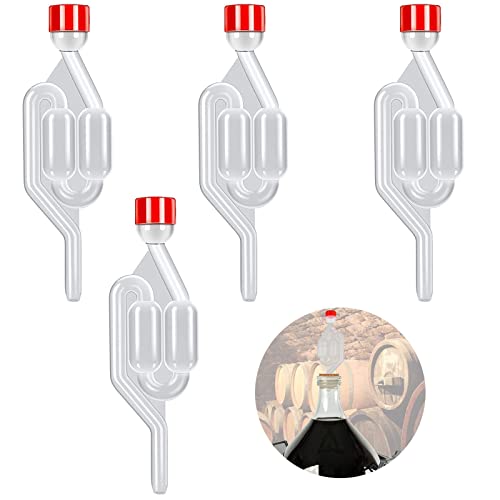marksa222
Landlord.
Hi, I've asked this question in a thread about my first ag brewday, but not had a reply yet, so I thought I'd put it somewhere more prominant.
I brewed a beer (meant to be an APA but had to substitute all hops and grains so not sure what it will end up as, if it helps, OG was 1.053 and should be around 36 ibu's) and it has been in primary since Sunday. I originally planned on using a secondary, but if I do, i'll only have around 18L to transfer, into a second FV that could take 25L or so to the rim. I've read somewhere that too much head space is a bad idea. Also, my primary is also my bottling bucket, so if I didn't use a secondary, I wouldn't really be able to batch prime.
My question is, if you were me, would you rack to secondary now (or soon) before fermentation has finished, meaning it will create more co2 to fill the headspace. Would you wait until fermentation had finished and transfer if you don't think too much headspace is a problem, or would you not bother and just leave it in primary for a few weeks more and individual prime the bottles. I'd appreciate any feed back. Using a secondary seems to split opinion quite alot from everything that I've read (forums, john palmer books etc...)
Thanks
I brewed a beer (meant to be an APA but had to substitute all hops and grains so not sure what it will end up as, if it helps, OG was 1.053 and should be around 36 ibu's) and it has been in primary since Sunday. I originally planned on using a secondary, but if I do, i'll only have around 18L to transfer, into a second FV that could take 25L or so to the rim. I've read somewhere that too much head space is a bad idea. Also, my primary is also my bottling bucket, so if I didn't use a secondary, I wouldn't really be able to batch prime.
My question is, if you were me, would you rack to secondary now (or soon) before fermentation has finished, meaning it will create more co2 to fill the headspace. Would you wait until fermentation had finished and transfer if you don't think too much headspace is a problem, or would you not bother and just leave it in primary for a few weeks more and individual prime the bottles. I'd appreciate any feed back. Using a secondary seems to split opinion quite alot from everything that I've read (forums, john palmer books etc...)
Thanks










![BREWING THERMOMETER STICKERS ACCURATELY MONITOR FERMENTING BEER & WINE LIQUID TEMPERATURES 5PCS HOME BREW SPIRITS WINE LCD ADHESIVE [US]](https://m.media-amazon.com/images/I/311DDjo2X3L._SL500_.jpg)





























